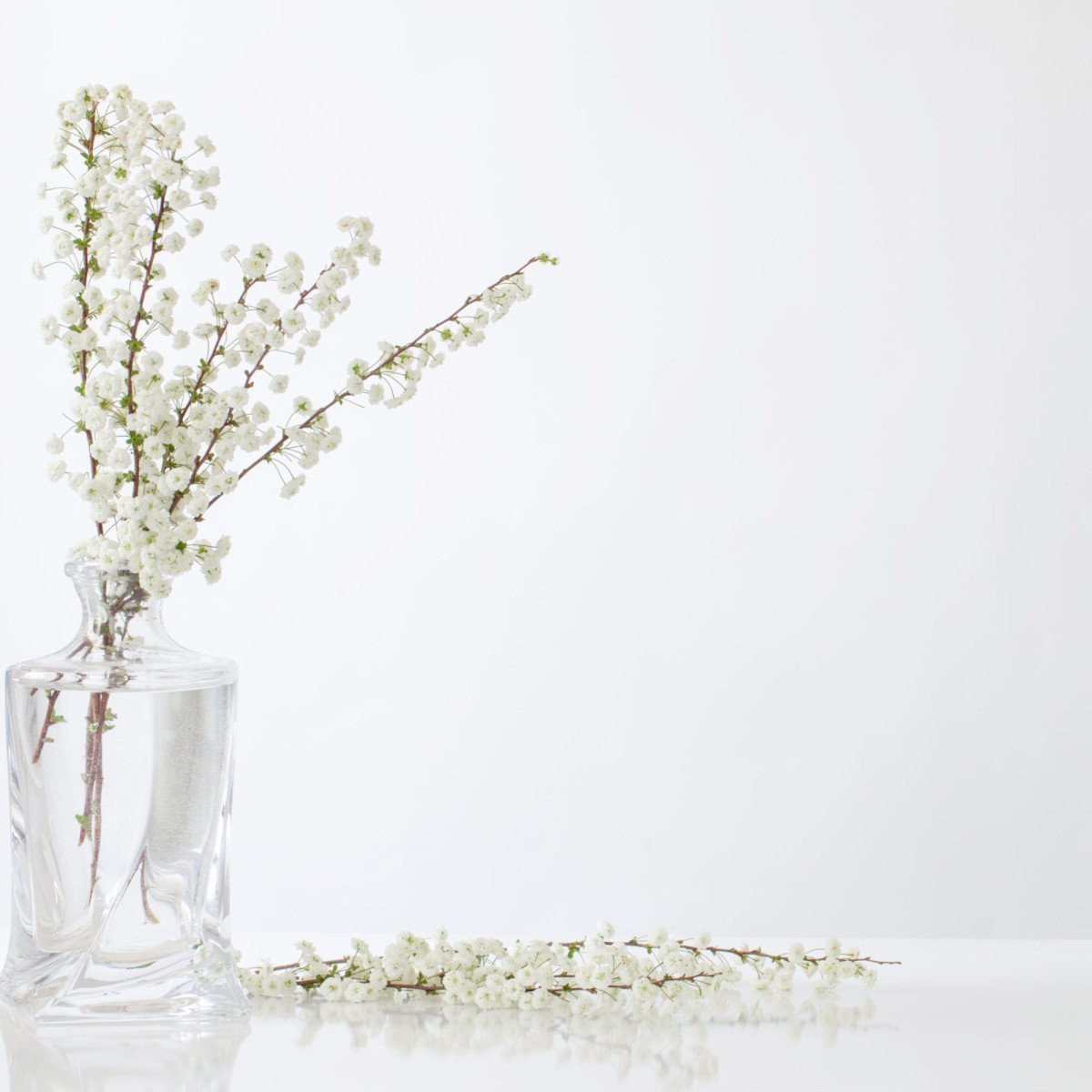Remember when you were a child, drawing shapes on a sheet of plain white paper under the warm glow of a setting sun? The triangle became a mountain. The square, a sturdy house. The circle, a smiling sun itself. The shadows formed by each object brought life to your imagined world. And guess what? We’re not that far from those early days of discovery even now, are we?
Still life photography, much like those childhood doodles, is about giving life to the inanimate, making a seemingly mundane grouping of objects tell a story. Surprised? It’s easy to marvel at travel photography‘s grand vistas or admire the raw emotion of a well-captured portrait. But have you ever stopped to appreciate the elegance of an intricately composed still life image?
Think about it. Ever notice how the afternoon sun, streaming through the window, brings out the blush on an apple or the glint on a glass bottle? That’s still life photography sneaking into everyday moments, wooing those who stop to appreciate the shapes and shadows.
The Essence of Still Life Photography
‘Still life.’ The term itself paints a picture of tranquillity. But beneath the serene facade, it’s a genre rooted in profound exploration. It’s an art form that borrows the tangible, everyday items around us and rearranges them into a composition that brings out their abstract beauty.
Imagine you’re photographing a bowl of fresh fruit. So simple, yet there’s more than meets the eye. Each fruit has a unique color, a distinct texture, and a different shape. It’s about playing with these elements, arranging them against the right backdrop, and introducing the perfect lighting to capture a moment of static harmony.
“But how do I breathe life into such simple arrangements?” you might ask. Here’s where the real sorcery of still life photography unveils. Think about creating contrasts, inciting drama using shadows, or highlighting nuances with lighting. It’s not just about ‘click and shoot’, it’s about creating an intriguing narrative using commonplaces as your characters.
Unveiling the secrets of light and shadow
When it comes to still life photography, light is your brush, and the canvas is your subject. The interplay of light and shadow can magically transform the mundane into extraordinary. Just like the sun casting long shadows that added depth to our drawn shapes as children, skilful lighting can sculpt your still life images, giving it a three-dimensional feel.
The key is to experiment with different light sources. Perhaps you’ll fall in love with natural light’s softness, the way the shadows blend smoothly, creating subtle tonal transitions. Or maybe you’ll prefer the stark contrasts and dramatic feel that studio lights can impress on your arrangements.
The Resonating Power of Shapes
While light marvellously brings out the character of your still life, it’s the thoughtful grouping of shapes that makes the composition. Remember those geometric shapes from our childhood? They’re back, but this time, they’re integral elements in your photographic narrative. A well-curated collection of items with diverse shapes and sizes brings a sense of balance and harmony to the image, each object complementing the other, whispering their character into the visual story.
So pick up your camera, reminisce about those afternoons drawing shapes under the sun, and embark on your journey into still life photography. It may seem simple at first glance, but with every trace of light, every shadow, and every shape, you’re not just taking a photograph; you’re creating art.


0 Comment